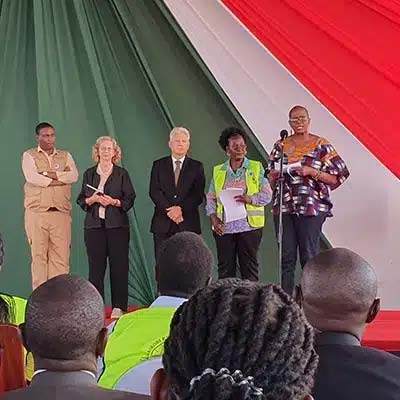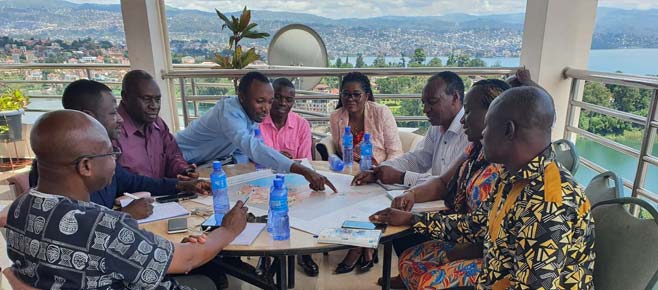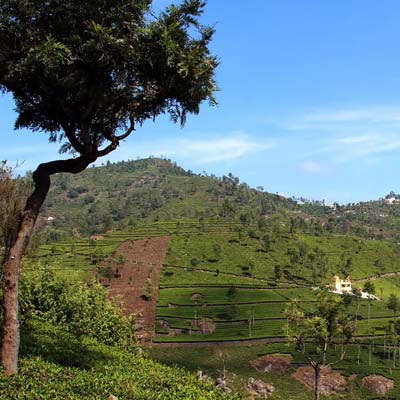Hibakujumoku, the Survivor Trees

On 6 August 1945, the first atomic bomb used as a weapon of war was launched on Hiroshima.The city was destroyed and hundreds of thousands of people died. Surprisingly, in less than a year, some trees sprouted a few kilometers from the hypocentre. Japanese called them Hibakujumoku, also known as A-bombed trees or survivor trees, among which the Ginkgo Biloba stood out. “A lot of trees are resilient, but ginkgo seems particularly so” says Sir Peter Crane, Ph.D., director of Yale’s School of Forestry and Environmental Studies. These trees had endured because their roots were steadily collecting essential nutrients despite the lasting radiation from the bomb. Today these survivors trees are preserved as natural memorials remembering us the power of hope, and the need for peace and reconciliation. Ginkgo Biloba trees are native from China, but we can find them worldwide due to human dispersal, who for centuries have planted them in parks and gardens because of their great beauty.










